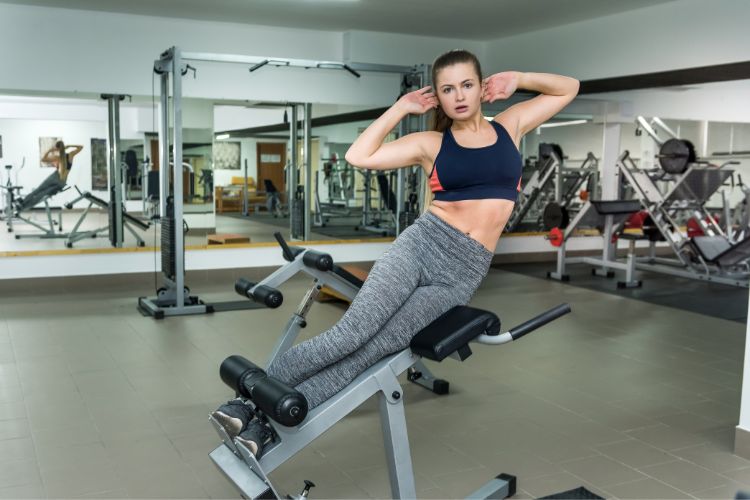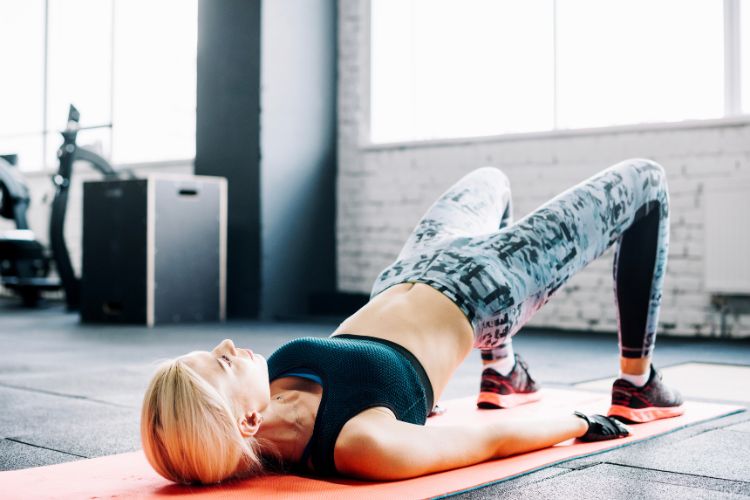Sign up for workout ideas, training advice, reviews of the latest gear and more.






The glute bridge exercise is a versatile, simple, and highly effective movement that targets the glutes, hamstrings, and core. Whether you are a fitness novice or a seasoned athlete, incorporating glute bridges into your workout routine can help you build strength, improve stability, and enhance overall lower-body function. This blog post delves into the numerous benefits of glute bridges, explores their variations, and provides tips for optimizing your performance.
The primary muscles targeted during a GB are the gluteus maximus, medius, and minimus. Strong glutes are essential for maintaining proper posture, reducing lower back pain, and enhancing athletic performance. Women often seek to tone and strengthen this area, and GB provide an efficient way to achieve that goal.
While the focus is on the glutes, glute bridges also engage the core muscles. This helps improve balance and stability, which are crucial for daily activities and advanced fitness movements.
Weak glutes can lead to overcompensation by the lower back muscles, resulting in pain and discomfort. By strengthening the glutes and hamstrings, glute bridges can alleviate pressure on the lower back and improve overall spinal health.
For women involved in sports like running, cycling, or weightlifting, strong glutes are a game-changer. They provide the power needed for explosive movements, faster sprinting, and greater endurance.
One of the most significant advantages of GB is their accessibility. They require no equipment, making them perfect for home workouts. Additionally, they can be modified to suit all fitness levels.
Proper form is crucial to avoid injury and maximize effectiveness. Keep your core engaged, avoid arching your back, and ensure your knees remain aligned with your feet.
Exhale as you lift your hips and inhale as you lower them. Proper breathing helps maintain core stability and enhances performance.
Mixing different glute bridge variations into your routine prevents plateaus and challenges your muscles in new ways.
If you’re a beginner, start with bodyweight glute bridges before adding resistance or attempting advanced variations. Gradual progression ensures steady improvement without overloading your muscles.
Before performing glute bridges, engage in a dynamic warm-up and stretch your hip flexors to maximize range of motion and reduce the risk of injury.
This occurs when you arch your back excessively at the top of the movement. Focus on engaging your glutes and core to keep your spine neutral.
Performing the exercise too quickly can reduce its effectiveness. Slow, controlled movements ensure proper muscle engagement.
Failing to activate the core can lead to poor form and diminished results. Always tighten your abdominal muscles throughout the exercise.
Placing your feet too far from your body shifts the focus to your hamstrings. Ensure your heels are close enough to your glutes to target them effectively.
Glute bridges are incredibly versatile and can be included in various workout plans. Here are some examples:
Use glute bridges to activate your glutes before lower-body workouts such as squats or deadlifts.
Combine glute bridges with planks, side planks, and bird dogs for a comprehensive core workout.
Perform a series of glute bridge variations for a targeted glute and hamstring session.
Glute bridges are low-impact and can be performed during rest days to promote blood flow and recovery.
The glute bridge exercise is a powerful tool for women looking to strengthen their lower body, enhance core stability, and improve overall fitness. With its numerous variations and adaptability, this exercise fits seamlessly into any workout routine. By focusing on proper form, incorporating progressive challenges, and avoiding common mistakes, you can maximize the benefits of GB and achieve your fitness goals. Whether you’re working out at home or in the gym, GB are an excellent addition to your fitness arsenal.
Stay up to date on the latest women’s health, fitness and lifestyle trends and tips.